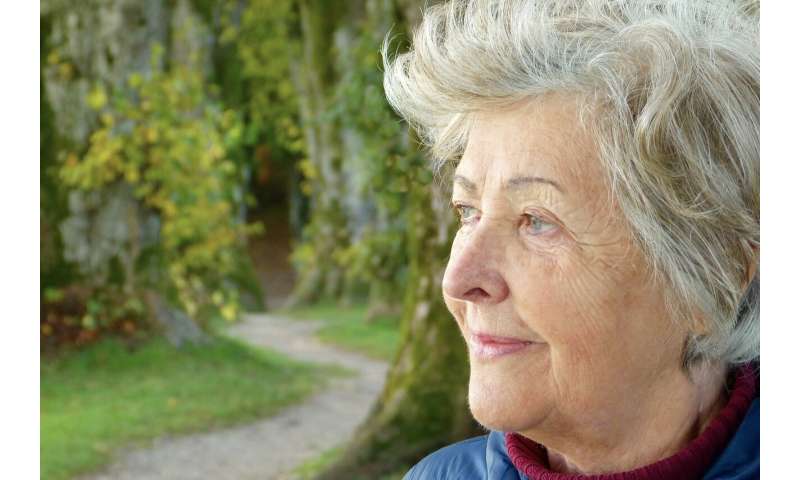
Social distancing introduced in response to COVID-19 is increasing feelings of loneliness in Scotland’s older population and impacting their wellbeing, according to a new University of Stirling study.
The research has identified a link between increases in loneliness in over 60s and the worsening of wellbeing and health. Increasing loneliness due to social distancing was associated with a smaller social network, lower perceived social support and a decrease in wellbeing, the study found.
The findings emerge from research launched under the Scottish Government’s Chief Scientist Office Rapid Research in COVID-19 program in May. Professor Anna Whittaker, of the University’s Faculty of Health Sciences and Sport, led the work and hopes it will help to inform decision-making on the virus and support post-pandemic recovery strategies.
Professor Whittaker said: “Previous studies have demonstrated the negative impacts of social isolation and loneliness. This is a key issue for older adults who may be more likely to have few social contacts. We know that social distancing guidelines introduced in response to COVID-19 have restricted social activity engagement and impacted vulnerable groups, including older adults.
“Our study, which involved a survey of more than 1,400 older people, examined the impact of social distancing during the pandemic on social activity, loneliness and wellbeing. The majority of survey participants reported that social distancing has made them experience more loneliness, social contact with fewer people, and less social contact overall.
“We found that a larger social network and better perceived social support seems to be protective against loneliness and poorer health and wellbeing, due to social distancing. This underlines the importance of addressing loneliness and social contact in older adults, but particularly during pandemics or situations where the risk of isolation is high.”
Of the 1,429 survey participants, 84 percent were aged 60 or over and had an average social network of five people. On average, the participants socialized five days per week, for more than 6.6 hours per week. Fifty-six percent reported that social distancing regulations made them experience more loneliness—with scores that were significantly higher than reported norms; the same quality of perceived support; but social contact with fewer people and less social contact overall.
Greater loneliness was significantly associated with a smaller social network, lower perceived social support, and a decrease in social support frequency, quality, and amount—and a worsening of wellbeing and health.
Physical activity
Using the same survey data, the research also considered the impact of social distancing on physical activity. The majority of participants reported continuing to meet physical activity guidelines during lockdown—with 35 percent moderately active and 41 percent highly active. Walking was the greatest contributor to total physical activity, with just over a quarter (26.4%) walking more than before lockdown. Those living in rural areas reported greater volumes of physical activity.
Forty percent of people said they were walking less, compared to before lockdown, and a similar proportion were engaging in less moderate physical activity. Those who reported in engaging in lower physical activity had poorer wellbeing.
Individuals who reported no change in moderate physical activity were the most active pre-lockdown and those who reported no change in walking had significantly higher levels of total physical activity pre-lockdown.
Professor Whittaker said: “Physical activity engagement during lockdown varied and this study indicates a positive link with wellbeing—supporting the notion that physical activity should be considered an important contributor in recovery strategies targeted at older adults as we emerge from the pandemic.
“There appears to be a relationship between pre-lockdown physical activity and physical activity changes due to lockdown. This may be of significance in the context of trying to get older adults to maintain or increase physical activity, where appropriate, as we emerge from this pandemic, given our understanding of the benefits of physical activity in this age group.
Source: Read Full Article